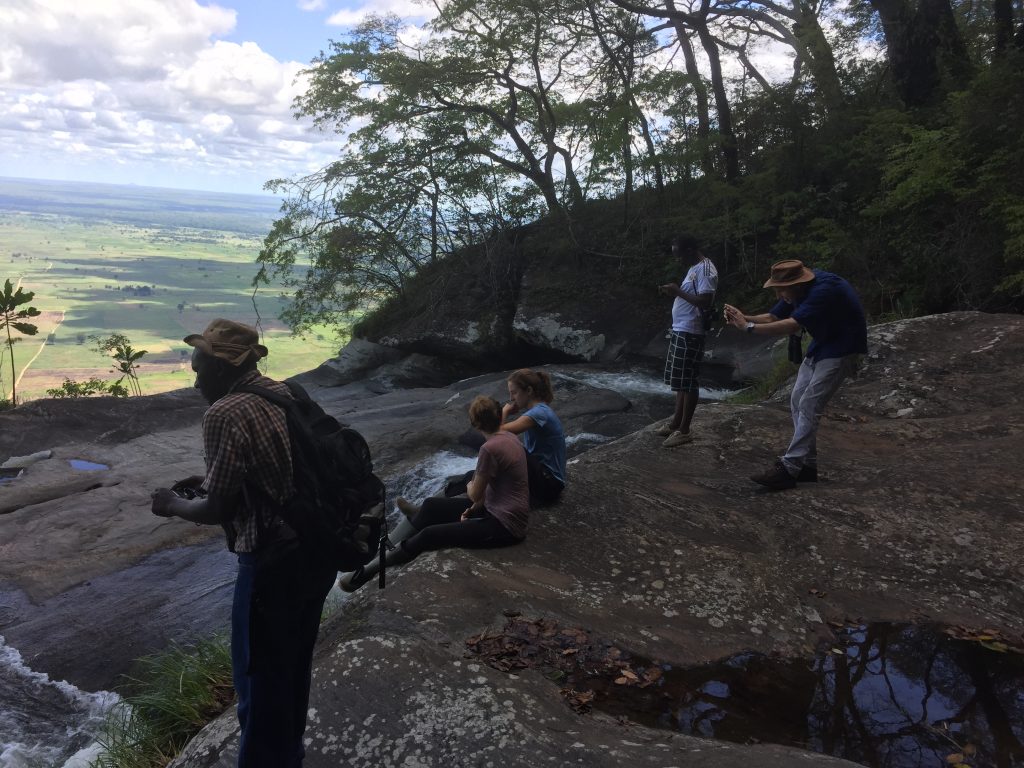Project initiation phase completed
Project status, 06/11/2019: Sensors bought and tested. Check. Fieldwork essentials bought and carried over to fieldsite. Check. Permits acquired. Check. Local buy in secured. Check. Field team assembled. Check. First plot measured. heck, yes.
So this is what has happened in the past three weeks. Following some pretty intense preparation leading up to our flights to Tanzania mid-October, we had a pretty fun and successful, if very challenging fieldwork inception phase.
(1) We introduced our project to government, industry and local stakeholders in our research. This involved meetings in Dar es Salaam, Morogoro and Ifakara. Overall, this was pretty much a team effort. Whilst Marion introduced project , Susannah led the interviews on land governance and constraints and Deo coordinated, translated if necessary and provided expert advice whenever needed.
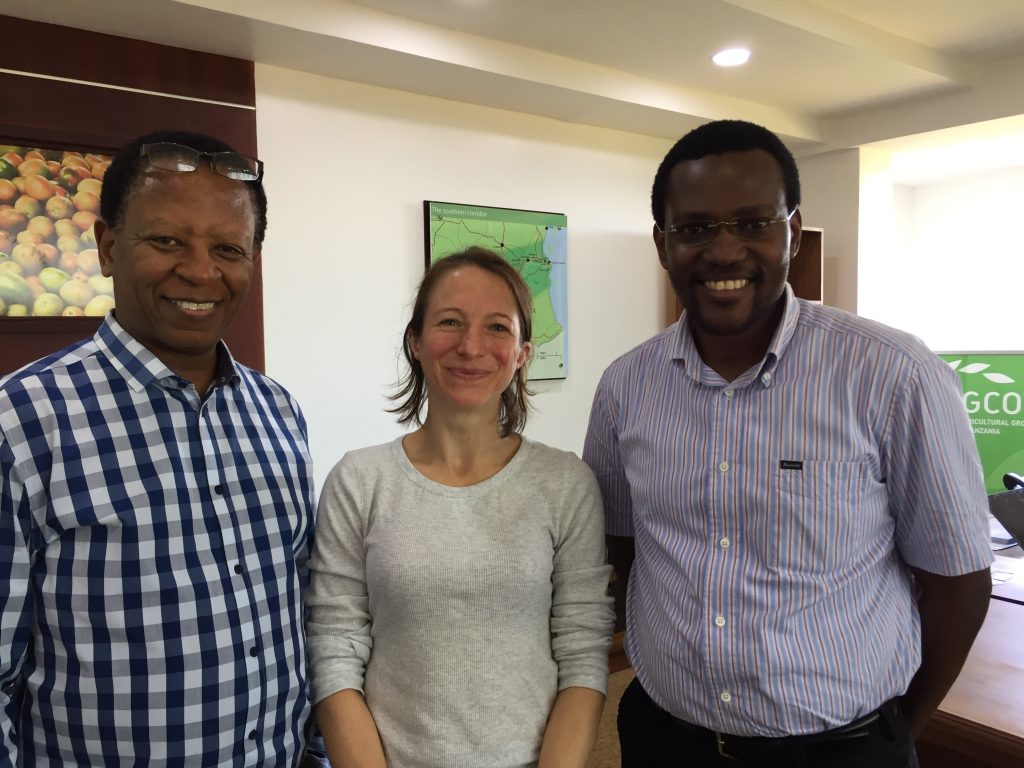
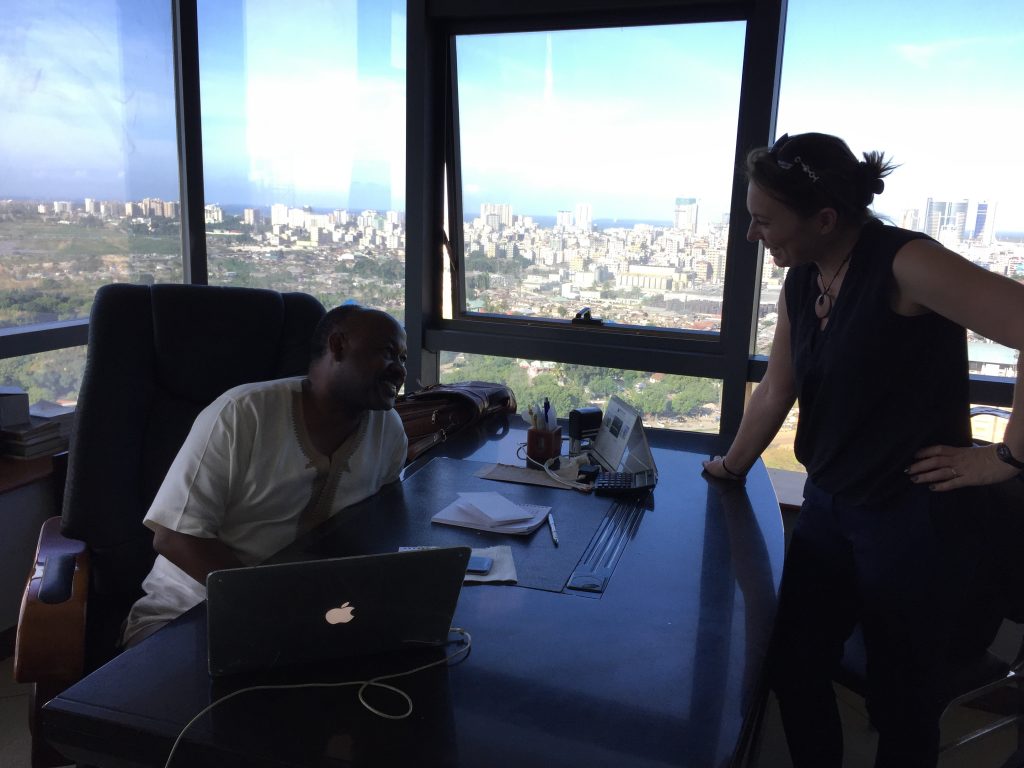
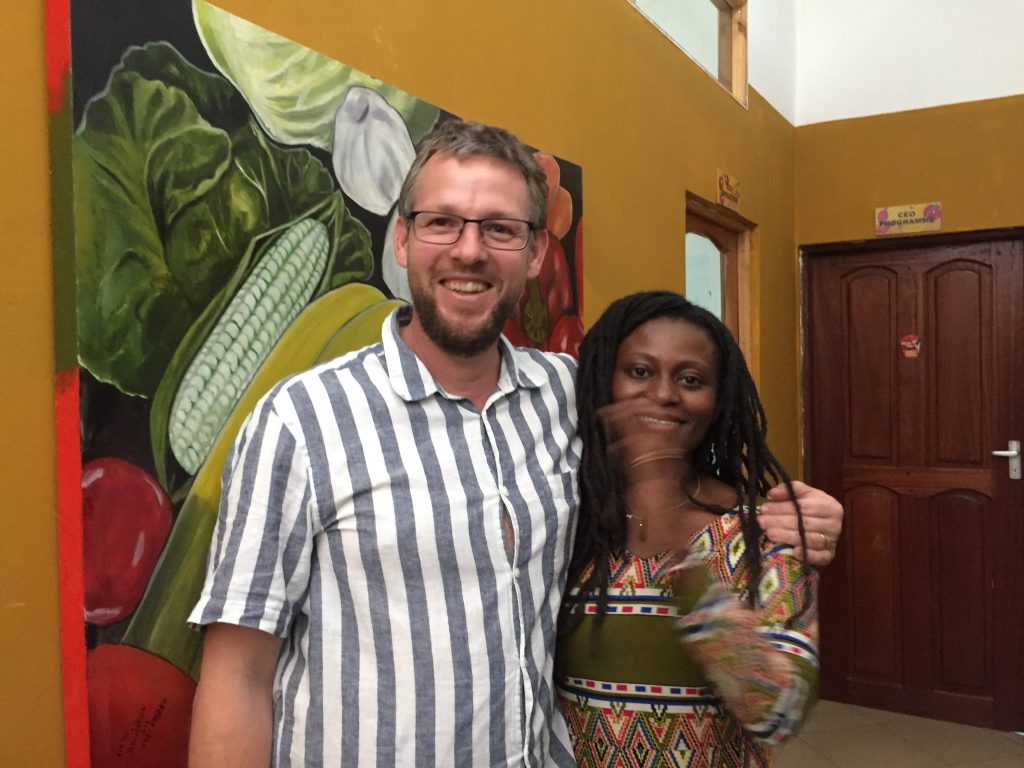
(2) We trialled all sensors using the facilities of the Kilombero Sugar Company (KSC), who is our in country industry partner. They are a great source of knowledge and data, which we are looking forward to explore in more depth in the coming months.

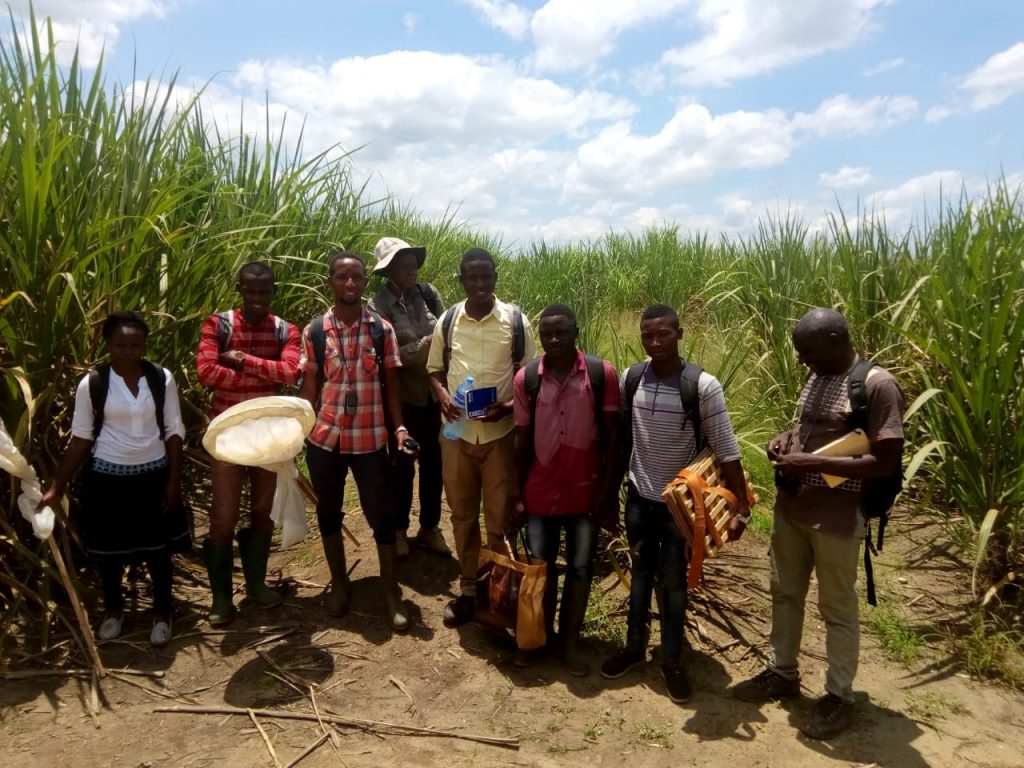
(3) Over the course of the week, the entire team assembled at the facilities of KSC: our insect experts (Morris and Esther), our bird expert (Pieter), our mammal experts (Laura and Ellie), our natural habitats experts (Deo), our social sciences experts (Susannah, assisted by Robin), our plant expert (Canisius), and our sensor expert (Marion). We tested and adapted our datasheets that we so painfully prepared prior to the trip and that we now started to overhaul (a process that was just as painful).
We scouted the landscape for the perfect field sampling sites.


We trialled our social survey approach.
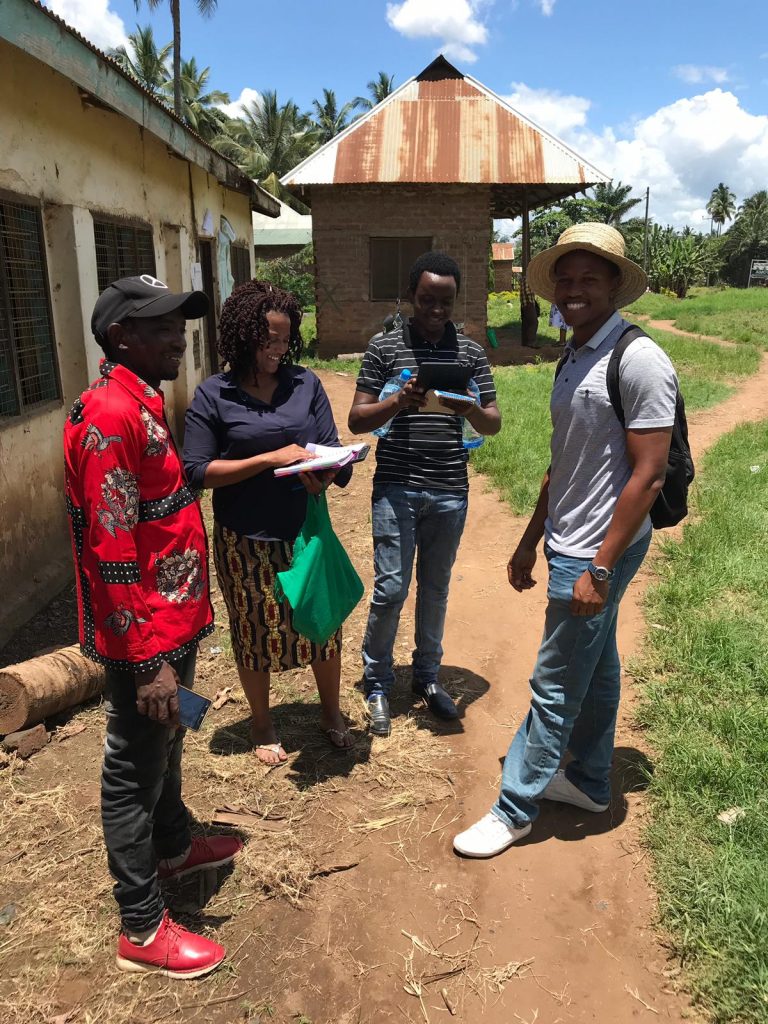
We met the Agricultural Extension Officers for project introduction and knowledge exchange.
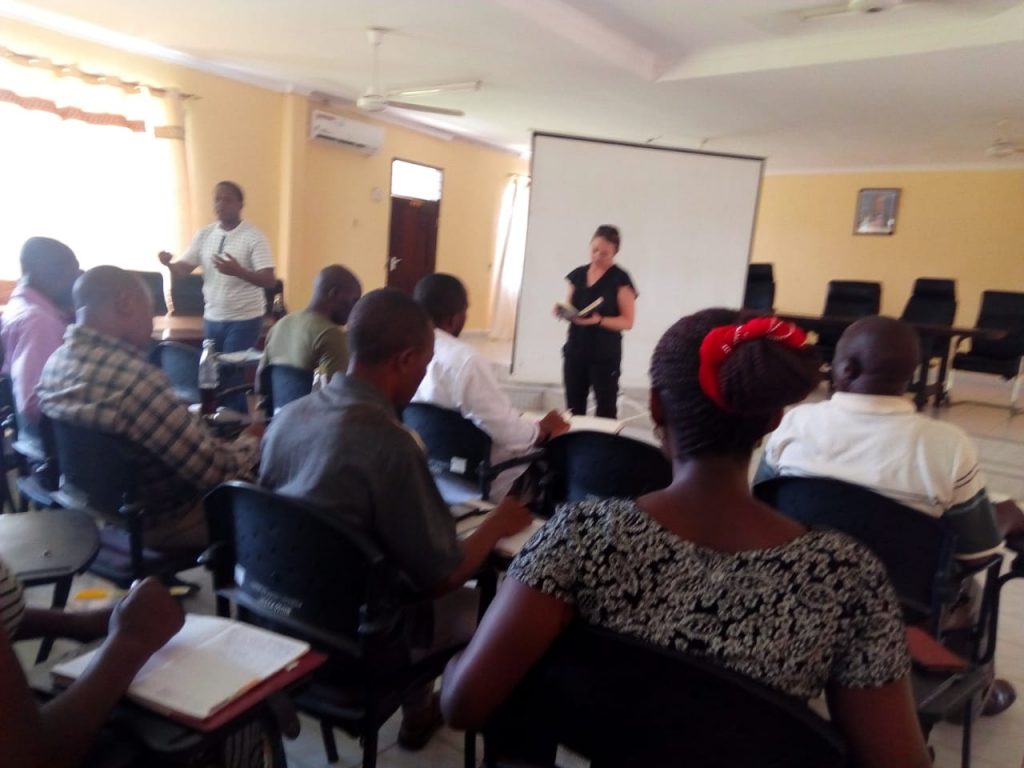
And we looked for plants. With the help of botanist Canisius Kayombo.

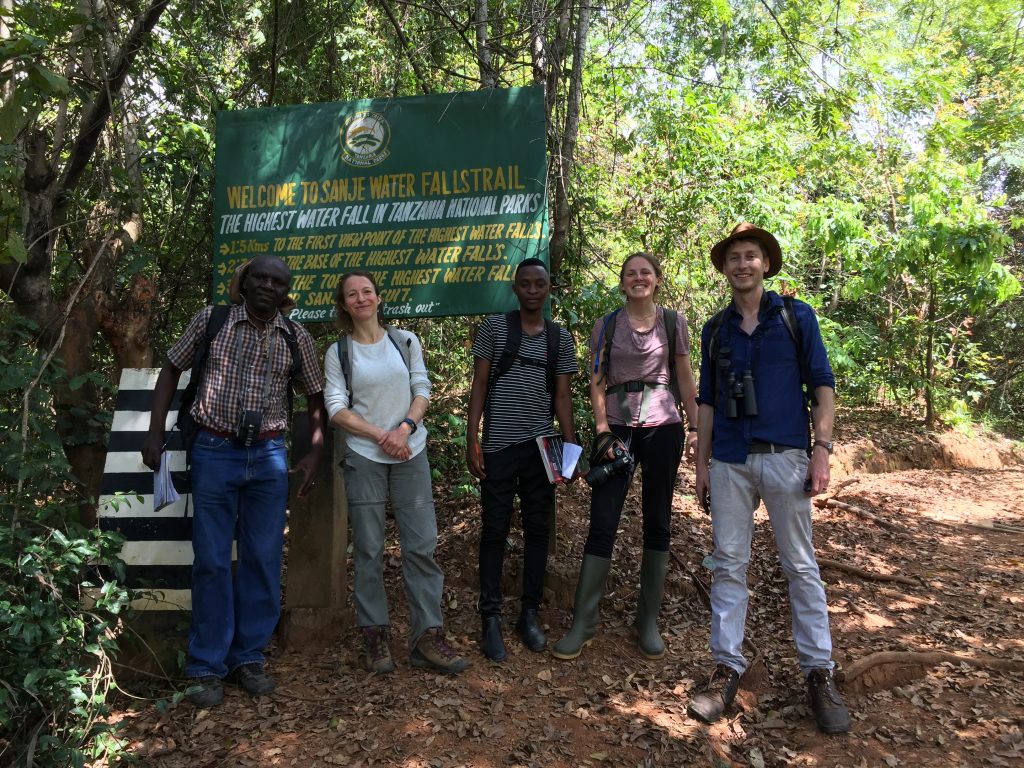
(4) We visited the key natural habitats: the Udzungwa Mountain forests and the Magbombera Forest. WE only walked up to Sanje to get a good feel for the landscape and the composition of natural versus crop habitats. No other reasons, promise 🙂
